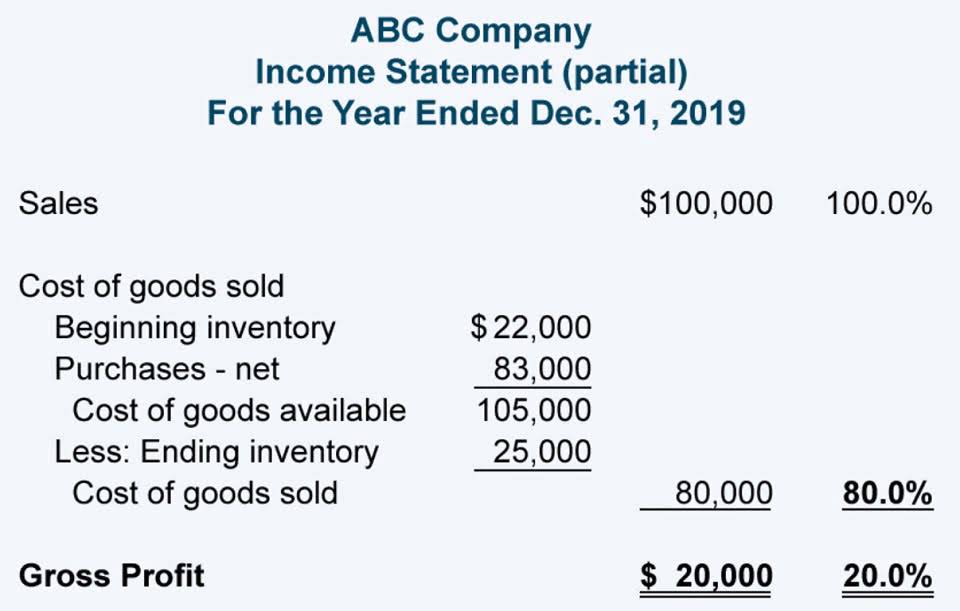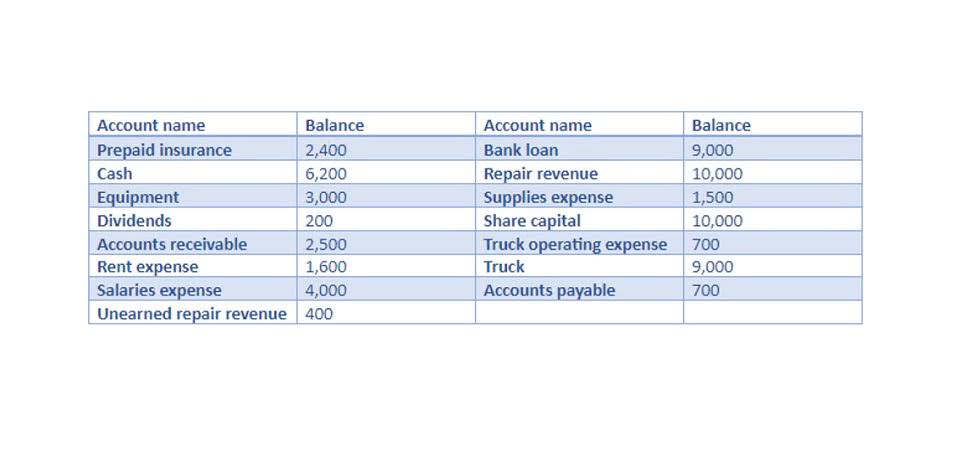
This resets the income accounts to zero and prepares them for the next year. Temporary accounts can either be closed directly to the retained earnings account or to an intermediate account called the income summary account. The income summary account is then closed to the retained earnings account.

Step 1 – closing the revenue accounts:

The balances of these accounts are eventually used to construct the income statement at the end of the fiscal year. Once this is done, it is then credited to the business’s retained earnings. A business will use closing entries in order to reset the balance of temporary accounts to zero. Our discussion recording transactions here begins with journalizing and posting theclosing entries (Figure5.2).

What are Temporary and Permanent Accounts?
- All of Paul’s revenue or income accounts are debited and credited to the income summary account.
- Other than the retained earnings account, closing journal entries do not affect permanent accounts.
- Closing all temporary accounts to the income summary account leaves an audit trail for accountants to follow.
- The T-account summary for Printing Plus after closing entriesare journalized is presented in Figure 5.7.
- Learn how to effectively record closing entries and understand their role in preparing accurate financial statements.
All drawing accounts are closed to the respective capital accounts at the end of the accounting period. Closing all temporary accounts to the income summary account leaves an audit trail for accountants to follow. The total of the income summary account after the all temporary accounts have been close should be equal to the net income for the period. At the end of the year, all the temporary accounts must be closed or reset, so the beginning of the following year will have a clean balance to start with. In other words, revenue, expense, and withdrawal accounts always have a zero balance at the start of the year Certified Bookkeeper because they are always closed at the end of the previous year. The post-closing trial balance is essential for meeting financial reporting standards like GAAP or IFRS.
- At the end of the year, all the temporary accounts must be closed or reset, so the beginning of the following year will have a clean balance to start with.
- Having just described the basic closing entries, we must also point out that a practicing accountant rarely uses any of them, since these steps are handled automatically by any accounting software that a company uses.
- This trial balance gives the opening balances for the next accounting period, and contains only balance sheet accounts including the new balance on the retained earnings account as shown below.
- Notice that the balance of the Income Summary account is actually the net income for the period.
Company
The post-closing trial balance ensures the ledger is balanced after closing entries are completed. It includes only permanent accounts, such as assets, liabilities, and equity, which carry forward closing entries into the next accounting period. This process confirms all temporary accounts have been closed and the books are ready for the new fiscal year. The contents of the Income Summary reflect the net performance of the business – essentially, they spotlight whether you’ve grown your debit revenue and turned a profit, or incurred a loss during the period. By examining a post-closing trial balance snapshot, all temporary accounts such as revenue and expenses can be confirmed reset to zero, providing a clear and accurate starting point for the new period. Also known as real or balance sheet accounts, these are general ledger entries that do not close at the end of an accounting period but are instead carried forward to subsequent periods .
- When it’s time to transfer your income summary to retained earnings, take a moment to carefully review everything.
- Closing entries are crucial for maintaining accurate financial records.
- The finale of the closing entries saga is the transfer from the Income Summary to the Retained Earnings account.
- For example, the revenues account records the amount of revenues earned during an accounting period—not during the life of the company.
Order to Cash

This process involves moving balances from temporary accounts, like revenues and expenses, to permanent accounts on the balance sheet. Closing your accounting books consists of making closing entries to transfer temporary account balances into the business’ permanent accounts. Notice that revenues, expenses, dividends, and income summaryall have zero balances. The post-closing T-accounts will be transferred to thepost-closing trial balance, which is step 9 in the accountingcycle.

COMMENTAIRES